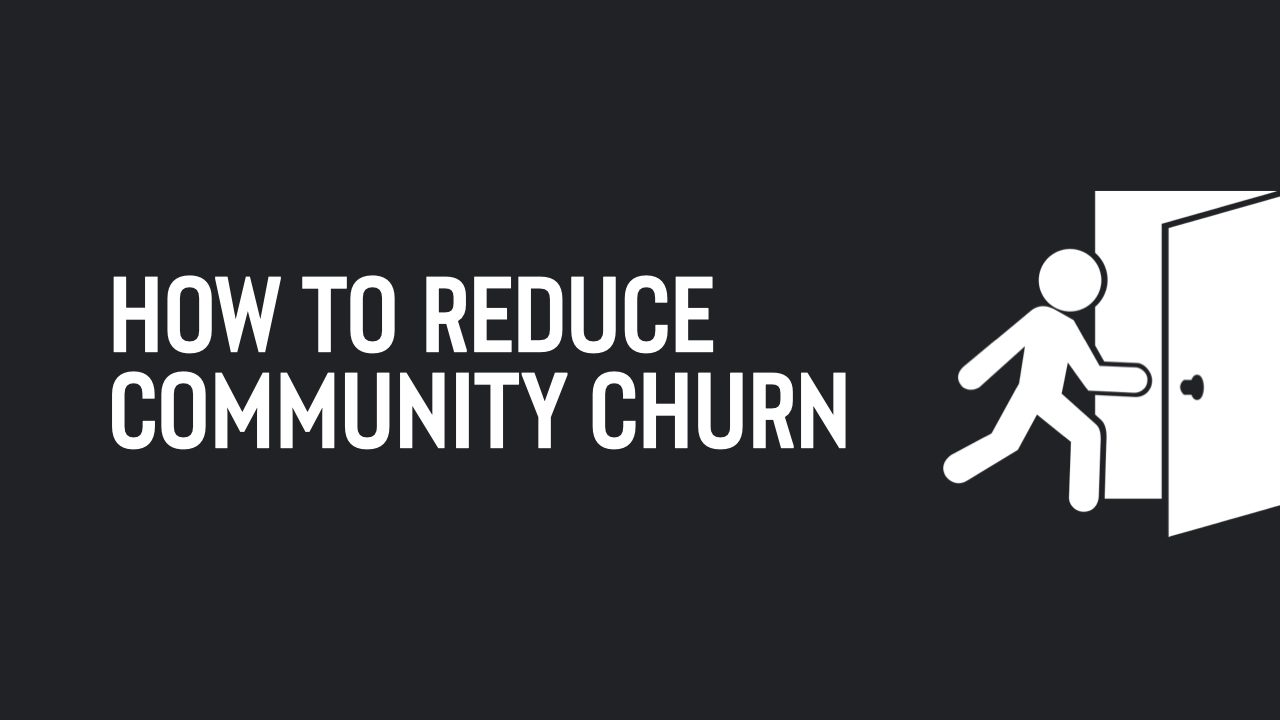
Let’s talk about community tiers.
Are you considering running a tiered membership community?
Or perhaps you already are, but something feels off.
For the purpose of clarity, I’m defining a ‘tiered membership community’ as a paid community with two or more membership levels, wherein the areas of the community you can access depends on your membership.
Sometimes this is in the form of a freemium community, where you have a paid membership tier and a free membership tier. Sometimes it’ll be two or more paid plans – each at a different price point.
Whilst I never want to give one size fits all advice, I have to say, I virtually never like a tiered community approach.
Learn.Community member Joy Sullivan recently ran into issues using tiers within her wonderful writing community Sustenance .
Joy explained:
“I introduced tiers into my community as a way of helping me scale without adding pressure to my existing offer. I had two: the Standard Tier ($70/month) and the Basic Tier ($24/month).”
Unfortunately, Joy has experienced a range of problems using tiers. These align with many of my own concerns about using a tiered approach.
Community tiers may hurt revenue
Joy explained “Lots of people joined the lower tier which meant fewer folk were opting in to the full standard plan.”
Of course not all of these members would have signed up for the upper plans, but certainly some of them would have been drawn away from the $70 offering, due to the availability of a $24 membership.
Lower priced members rarely become higher priced members
Often the motivation behind running a tiered community is to convert free or low-priced members into higher-priced members over time.
The reality is that this rarely works.
I remember Chase Jarvis, founder of Creative Live explaining, “you’ll never convert a $500 client into a $50,000 client. Instead, go find a $50k client”.
The same thinking applied to communities.
Joy found the same in her community “Very few people were upgrading. Tiers didn’t work as a lead magnet, it just worked to get people in the door but for a less-than-ideal product. That meant my community was getting bloated with folks who were less engaged and receiving less value.”
Lower tiers receive less value
Personally, I love showing up for our members to the fullest of my ability. If I gated off much of the value inside my community and gave one tier the ‘scraps’ that wouldn’t sit well with me.
This doesn’t just apply to resources or events within the community, it feels strange giving lower-tier members less of my effort, versus the higher-tier members.
I love feeling confident that every members gets maximum value.
Joy experienced similar, and reported “This also meant more people were having a less optimal experience and I saw my churn rates double.”.
If you’re not fully showing up for your members, they won’t have the best experience in your community, period.
More tiers = more complexity
As with anything in community, the more you add, the more complex it becomes operationally.
Joy shared: “Tiers ultimately created more work for me in the long run. I felt I needed to add more events to keep the lower tier engaged.”
Personally, I find it mentally challenging to keep up with all our Learn.Community members, and that’s without having tiers. Community management takes a lot of effort, and that’s without having to constantly segment members into tiers and subsequently manage their access to support, events and content.
Tiers also add a layer of complexity into your accounts and financial projections for your community.
Tiers can lead to hierarchy
I never like the idea that any members are being excluded from certain community programming. Imagine some of your members discussing a recent event they loved, and other members feeling left out that they couldn’t attend.
Or perhaps members start helping one another in a way that is reserved for a higher tier, and you have to shut down this behaviour, telling them it’s too valuable for their tier.
Joy felt uncomfortable about this also: “Tiers also presented us with a weird hierarchy in the group which meant that every time I made an announcement or event reminder, a quarter of the readers couldn’t access the event. This felt like the antithesis of why I started a community and didn’t align with my community values.”
So how can tiers work successfully?
I believe tiers can be an effective way to boost your community revenue. Even if a minority of members opt for a higher-ticket membership level, it will benefit you.
However, as I’ve already covered, you want to avoid separating your community members.
One elegant solution is to provide the additional value outside of the community.
I’m a member of Jay Clouse’s excellent community The Lab. As a higher-tier member, I pay more, but get 2 hours of private 1:1 consulting time with Jay, available whenever I need, over the course of my membership.
The fact that this tier exists doesn’t alienate any of the regular tier members.
It’s purely a private benefit for those of us on the higher tier.
I’m strongly considering offering slightly discounted 1:1 consulting time in a similar way for Learn.Community members as part of a higher-tier.
Consider community tiers carefully
I hope that this article has you thinking about how to structure tiers for your community.
Several members of Learn.Community have removed community tiers, or changed from a freemium to an all paid model, after considering these points.
I have yet to meet anyone who has regretted that simplification…






